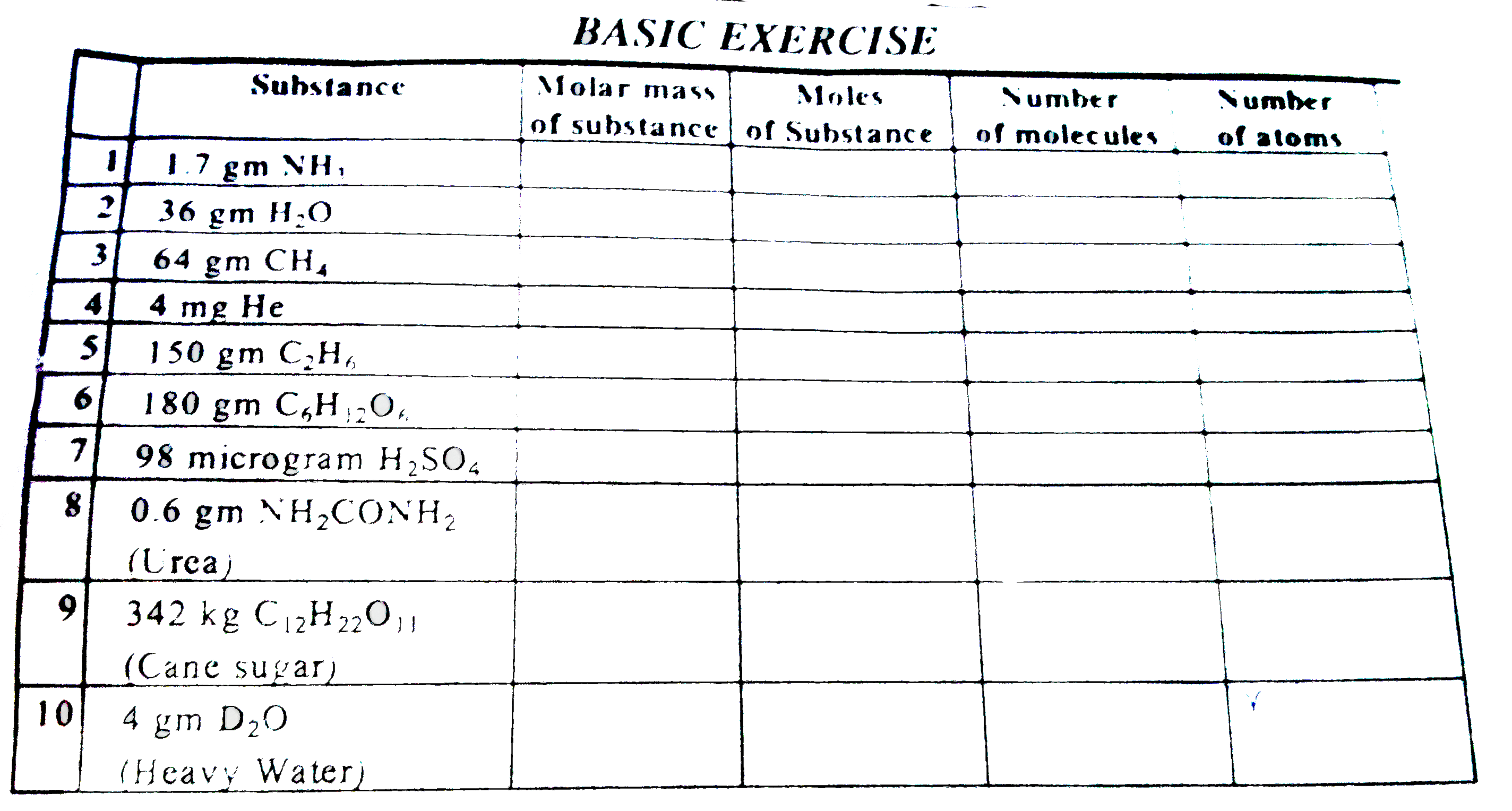Glycine exists as (H3N+CH2COO−) while anthranilic acid (P−NH2−C6H4−COOH) does not exist as dipolar ion.
Text Solution
−COOH is too weakly acidic to transfer H+ to the weakly basic −NH2 attached to the electron withdrawing benzene ring. When attached to an aliphatic carbon, the −NH2 is sufficiently basic accept H+ from −COOH group.
|
Topper's Solved these Questions
- BIOMOLECULES & POLYMERSBOOK - MOTIONCHAPTER - BIOMOLECULES & POLYMERSEXERCISE - EXERCISE - 1 (SECTION A)
6 Videos
- BIOMOLECULES & POLYMERSBOOK - MOTIONCHAPTER - BIOMOLECULES & POLYMERSEXERCISE - EXERCISE - 1 (SECTION B)
12 Videos
- ATOMIC STRUCTURE BOOK - MOTIONCHAPTER - ATOMIC STRUCTURE EXERCISE - EXERCISE-4 (LEVEL-II)
18 Videos
- CARBONL COMPOUNDSBOOK - MOTIONCHAPTER - CARBONL COMPOUNDSEXERCISE - EXERCISE - 4 LEVEL -II
24 Videos
Similar Questions
Knowledge Check
Which of the following amino acids does not exist as a dipolar ion?
Ap− Aminobenzoic acidBo− Amonobenzoic acidCp− Aminobezensulphonic acidDBoth (1) and (2) acidGlycine exists as the zwittr ion, +NH3CH2COO−. Its conjugate base is
ANH2CH2COOH2+BNH2CH2COO−C+NH3CH2COOHDNH3CH2COO+HA solution of glycine hydrochloride contains the chloride ion and the glycinium ion, .+NH3−CH2−COOH, which is a diprotic acid,
H3N+−CH2−COOH+H2O⇔
H3N+−CH2−COO−+H3O+,K1=4.47x10−3
H3N+−CN2−COO−+H2O⇔
H2N−CH2−COO−+H3O+,K2=1.66x10−10
Calculate pH of a 0.05M of glycine hydrochloride.A1.89B2.52C8.91D9.18
Glycine exists as NH3+CH2COO− , zwitter ion but anthranilic acid (p-amino benzoic acid) does not exist as zwitter ion. Why?
View SolutionIndicate whether glycine NH2−CH2−COOH is an acid or a base.
View SolutionIndicate whether glycine NH2−CH2−COOH is an acid or a base.
View SolutionGlycine exists as the zwitter ion, N+H3,CH2,COO−. Its conjugate base is
View Solution
Glycine (H2N−CH2−COOH) is one of the proteinogenic amino acid. Find moles of glycine in it's 7.5 gm
View Solution
